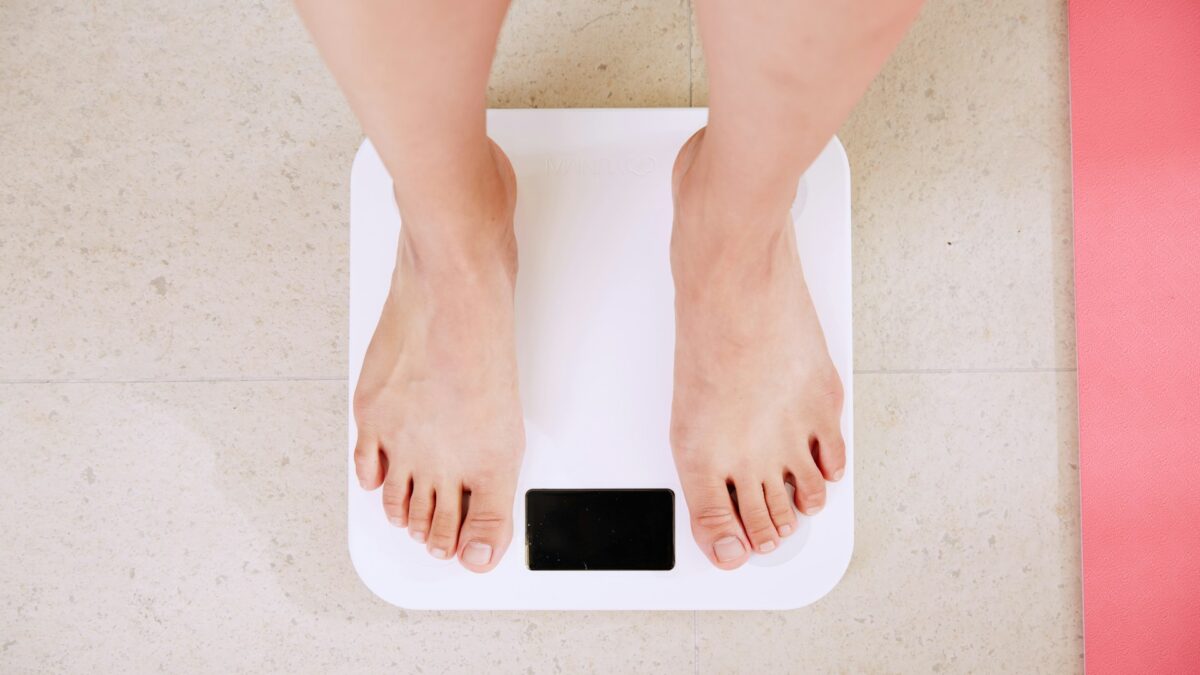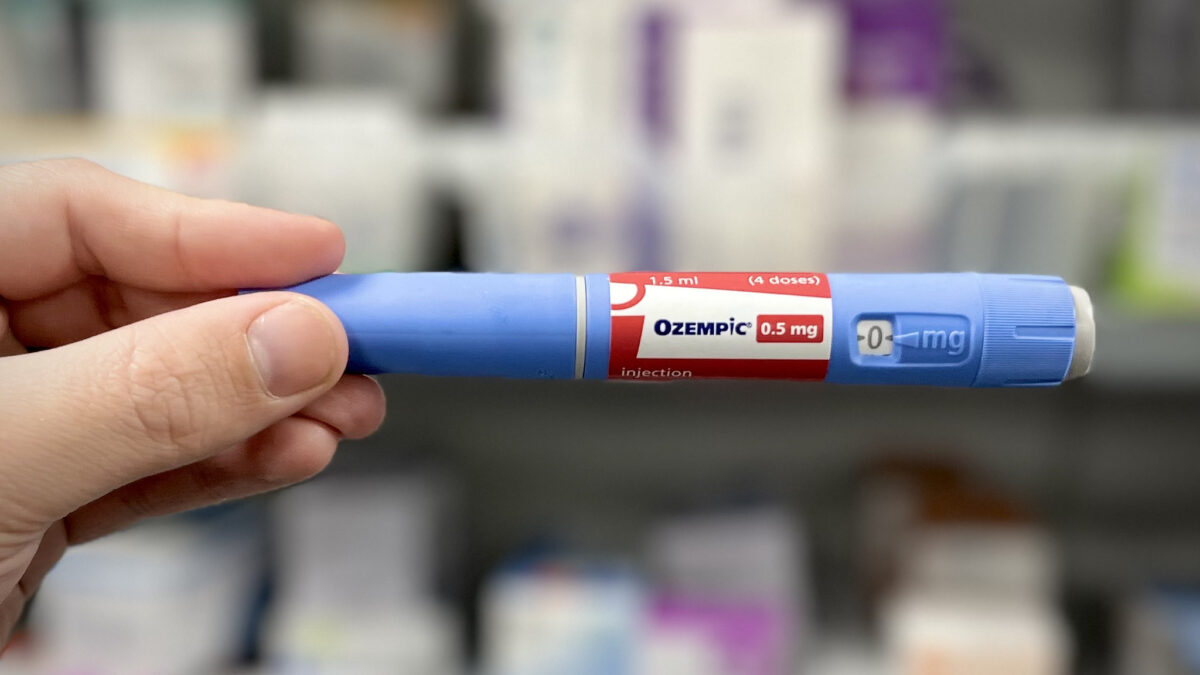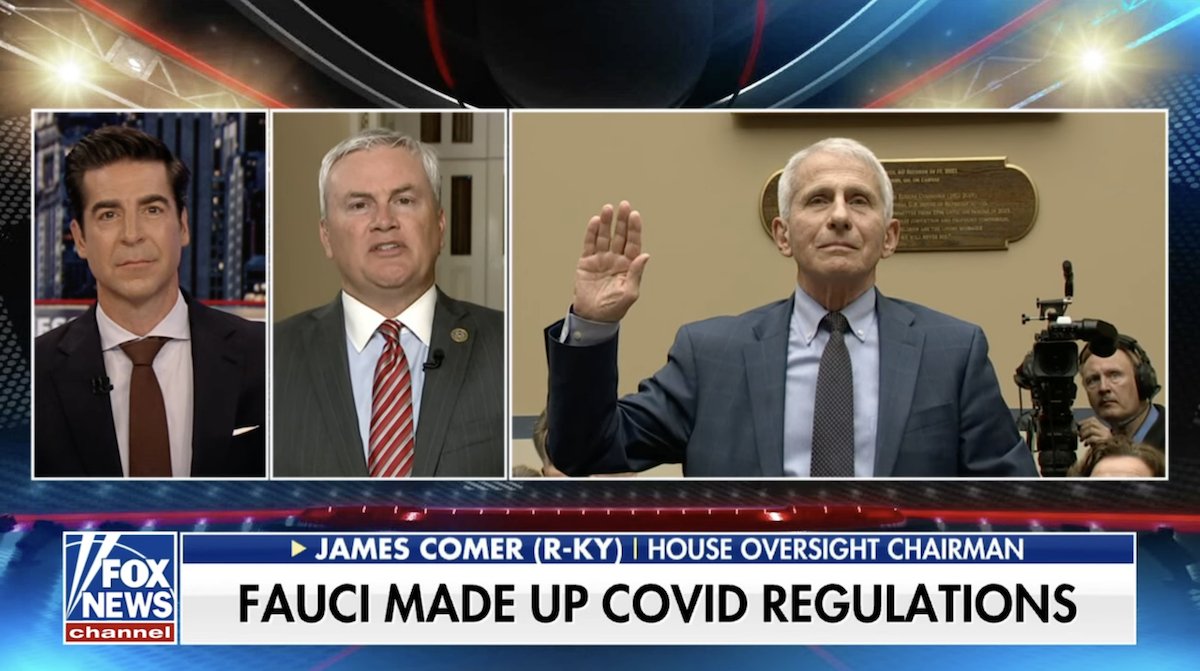
In this month’s issue of Vogue, tennis star Serena Williams chronicles the frightening circumstances behind her daughter’s birth two months ago. Writing for Vogue, Mario Testino explains:
Though she had an enviably easy pregnancy, what followed was the greatest medical ordeal of a life that has been punctuated by them. Olympia was born by emergency C-section after her heart rate dove dangerously low during contractions. The surgery went off without a hitch; Alexis cut the cord, and the wailing newborn fell silent the moment she was laid on her mother’s chest. ‘That was an amazing feeling,’ Serena remembers. ‘And then everything went bad.’
The next day, while recovering in the hospital, Serena suddenly felt short of breath. Because of her history of blood clots, and because she was off her daily anticoagulant regimen due to the recent surgery, she immediately assumed she was having another pulmonary embolism. (Serena lives in fear of blood clots.) She walked out of the hospital room so her mother wouldn’t worry and told the nearest nurse, between gasps, that she needed a CT scan with contrast and IV heparin (a blood thinner) right away. The nurse thought her pain medicine might be making her confused. But Serena insisted, and soon enough a doctor was performing an ultrasound of her legs. ‘I was like, a Doppler? I told you, I need a CT scan and a heparin drip,’ she remembers telling the team. The ultrasound revealed nothing, so they sent her for the CT, and sure enough, several small blood clots had settled in her lungs. Minutes later she was on the drip. ‘I was like, listen to Dr. Williams!’
What followed was several more days in the hospital and a follow-up surgery for potentially life-threatening complications. It is not an exaggeration to state that if Williams hadn’t been famous, and especially if she were in a hospital in the inner city or a rural area, she may never have returned home with her daughter.
U.S. Prenatal Care Could Improve a Lot
The United States has the worst maternal death rate in the world, according to reports. Now, the ability to compare these statistics is flawed: the United States counts the death of any woman who passed away during the first year post-childbirth in its maternal death statistics, but many other countries do not. Activist Erica Garner passed away from heart problems exacerbated by her daughter’s birth five months ago. In the United States, her number is classified in our maternal death statistics, but in many other countries, it would not have been.
Nevertheless, the numbers indicate black women in the United States die at a rate four times that of white women in the first year after childbirth. For those in some rural and urban areas, the situation is even direr. More than half of the country’s rural counties don’t have a hospital where women can give birth, leading women to travel far distances in order to not only give birth, but also obtain prenatal care.
Prenatal care consists of a few visits in a woman’s first trimester, every few weeks during the second, and every other week or every week during the last two months of pregnancy. If women must drive long distances for these appointments (which are vital for catching serious conditions like preeclampsia, which endanger the health of both mother and child), they are more likely to go to the doctor less often.
Recently in Washington DC two maternity wards closed, which public health officials fear will endanger the lives of low-income women in the city. The Washington Post recently ran a shocking story about the death of one such low-income woman, who most certainly would have had a better shot at life had she been as wealthy and famous as Williams.
Moms and Babies Deserve Better from Us
Even for white and wealthy women, pregnancy can be a dangerous condition. Last year ProPublica published a shocking tale of how one woman—a doctor at that—died from one of the most common serious pregnancy complications: preeclampsia. As a follow-up several months later, ProPublica and NPR published a host of similar tales of near-misses from educated women who almost died due to pregnancy complications.
A casual reader of the only pregnancy book I suggest to friends, “Expecting Better,” can easily see that pregnancy recommendations are often based on out-of-date information or the belief that U.S. women about to become mothers are incapable of understanding moderation or ways to mitigate risk during pregnancy and childbirth.
The childbirth complications Williams experienced, while rare and incredibly serious, should serve as a wakeup call to public health officials and women, in that her wealth and fame almost certainly proved life-saving. Williams was able to discuss the trauma of her birth experience from the safety of her living room, but many other American women, especially those also of color, almost certainly would not have had the same experience.
The dire straits of maternity care in the United States can and should bring together feminists and pro-life activists alike.









